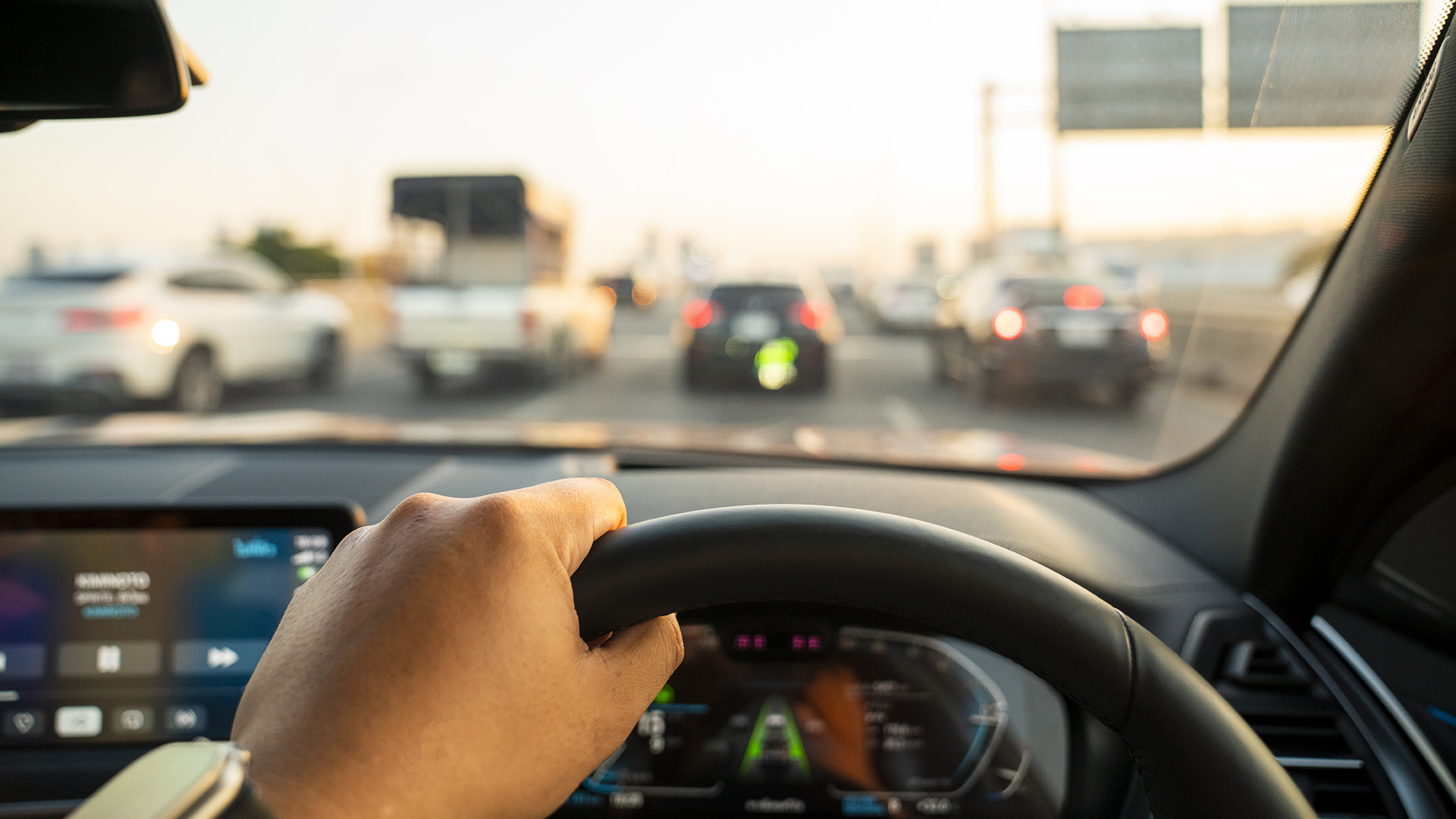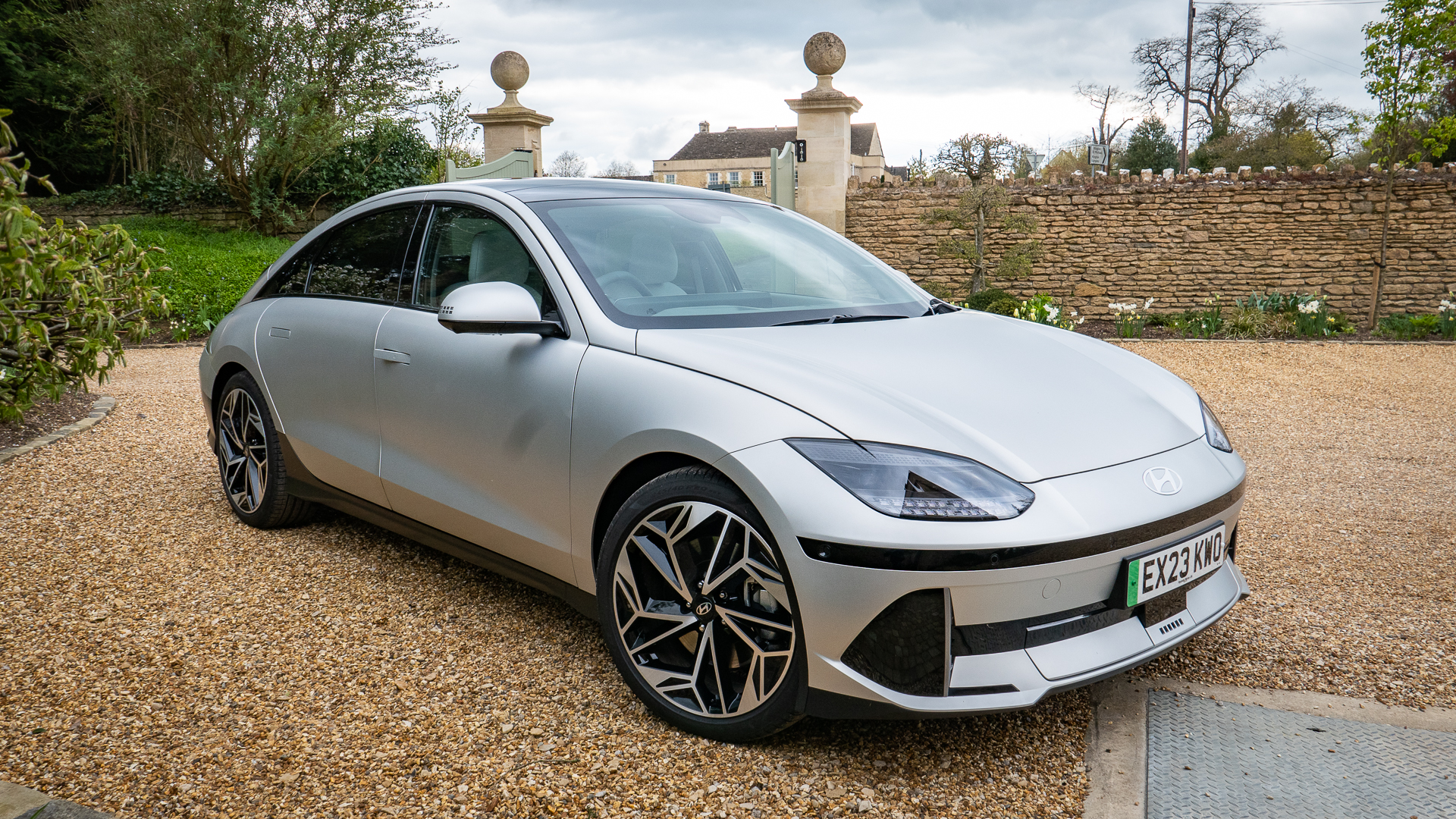Driven to distraction: we need to talk about frustrating car safety tech
It’s time to pump the brakes; cars have become too clever for their own good


Today’s cars are smarter than ever, thanks to their internet connections, touchscreen displays, massage seats and ability to park themselves. They also pack more safety systems than yesterday’s sci-fi writers could have dreamt of, with cameras and proximity sensors constantly on the look-out, warning us of potential danger and even hitting the brakes or grabbing the wheel if the computer thinks we’ve made a mistake.
But they aren’t foolproof. In their bid to protect us from every conceivable eventuality, they are prone to panicking and over-reacting. I’m sure many readers are familiar with the foibles of active lane-keep assist and automatic emergency braking systems, but I wanted to share a few recent examples of when car safety tech goes wrong.
To be clear, I trust these systems are developed and installed with good intention, since cars lacking them may find themselves with a lower crash safety rating and thus be less appealing to a safety-conscious public. But they don’t always work. Sometimes I wonder if their fitment even makes a car less safe than if the fleshy bit behind the wheel was left to their own devices.
How these systems work varies greatly from one car to another. Of the cars I’ve driven recently I found the active lane-keep assist of the Honda Civic to be particularly incessant, pulling at the wheel on narrow roads to steer the car back towards the middle of the lane, away from the hedgerow but towards oncoming traffic.
Prior to that, I once had a Toyota Yaris hit the brakes because the computer thought I was going to hit a pedestrian crossing the road ahead. I’d seen them – walking into traffic where they shouldn’t have been – and given them enough space, but the car thought it knew best. Alarms sounded, the dashboard flashed red and the car hit its own brakes. Thankfully I wasn’t being tailgated.
I would of course be telling a very different story had I been distracted, not seen the pedestrian, and the system intervened to save his life. I’m also glad these safety nets are ready to step in if the driver suffers a heart attack or other medical emergency. But the calibration often needs some work.
Thankfully, updates are much easier than they used to be. Their internet connection means the software of today’s cars can often be upgraded over-the-air, just like your smartphone, saving you from an afternoon at the dealership.
Get all the latest news, reviews, deals and buying guides on gorgeous tech, home and active products from the T3 experts
I’m told such an update will soon improve the driver exhaustion warning system of the new Smart #1, which was initially far too sensitive. I recently drove the electric Smart and, sure enough, it beeped at me more than a dozen times during about three hours of driving. It beeped when I looked at the navigation screen; it beeped when I checked my blindspot; it even beeped when I was looking directly at the road ahead.

I’m glad systems like this can be fine-tuned with software updates, but it also concerns me that this flexibility gives car manufacturers permission to take an approach long practised by the video game industry, where products are shipped to meet a deadline then receive a ‘day one patch’ to fix what couldn’t be finished before the delivery trucks arrived.
What particularly grated with the Smart was how, despite bonging every time I glanced away from the road, its infotainment system lets the driver type on a full QWERTY keyboard while navigating a roundabout. The touchscreen of my own Mazda is disabled above walking pace, and many manufacturers prevent Apple CarPlay and Android Auto from displaying keyboards. Yet the Smart’s system serves up a keyboard when you’re looking for a new radio station.
While we’re on the Smart #1, I hope its speed sign detection system can be fixed too, since it has a habit of mistaking 20 mph signs for 70 and often missing 40 signs entirely. And to think we once thought fully-autonomous cars would be a reality by 2020.

I’m glad the Hyundai Ioniq 6 is better at reading than the Smart, as it likes to beep every time the driver strays just 1mph over the speed limit. It also beeps every time the speed limit changes, which when passing through the 20 mph and 30 mph zones of a city centre can be rather frequent. These beeps can be turned off or switched to a haptic alert, but new crash safety regulation ensures they reactivate every time the car is switched back on.
It would be helpful if these safety systems were controlled by an easily accessible button, but instead, they are often buried in a settings menu. To help out here, I noticed how the Jeep Avenger I drove recently had a physical shortcut button for giving the driver quick access to their most-used functions. The previous driver had added just one item to this page; lane keep assist, where it can be conveniently disabled with a tap.
The car industry is going through massive and unprecedented change. From electrification and ever-tightening emissions regulations to strict safety requirements and spiralling costs, carmakers have a lot on their plate.
But sometimes it feels like no one actually drives the car, in the real world, before it goes on sale. Surely an engineer would have noticed in just a handful of miles how the car can’t tell the difference between 20 and 70, or how it panics over nothing and how the beeping might become annoying.
Car companies have, mostly, become masters of reliability and refinement. Perhaps this has led to complacency or perhaps, more worryingly, all of these annoyances are evidence that calibrating modern safety systems is incredibly difficult, and reading road signs correctly only half the time is the best we should expect.
Alistair is a freelance automotive and technology journalist. He has bylines on esteemed sites such as the BBC, Forbes, TechRadar, and of best of all, T3, where he covers topics ranging from classic cars and men's lifestyle, to smart home technology, phones, electric cars, autonomy, Swiss watches, and much more besides. He is an experienced journalist, writing news, features, interviews and product reviews. If that didn't make him busy enough, he is also the co-host of the AutoChat podcast.
